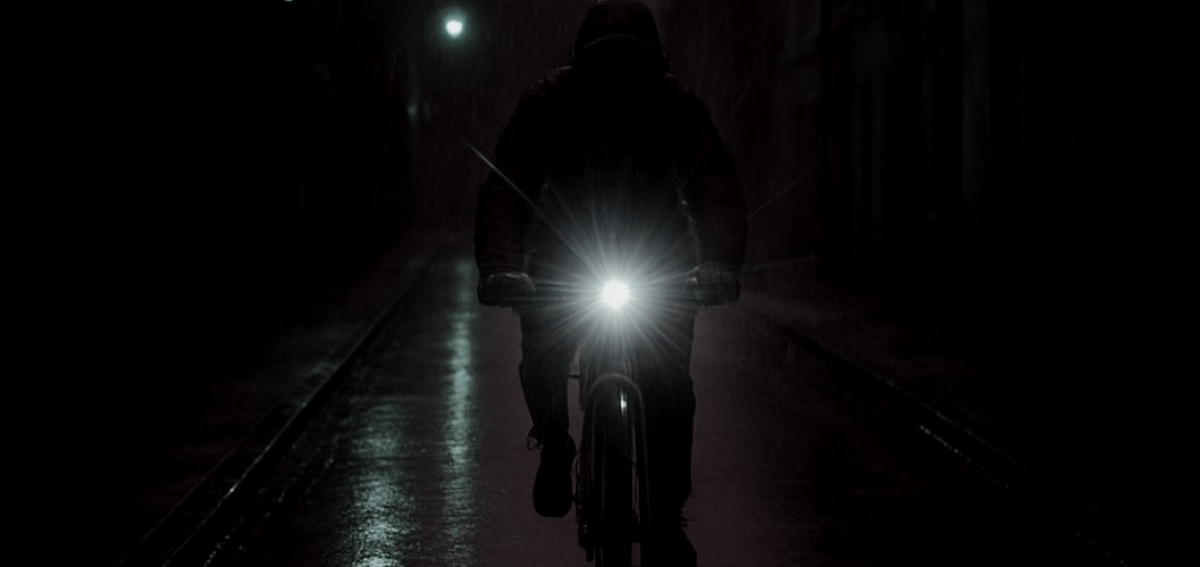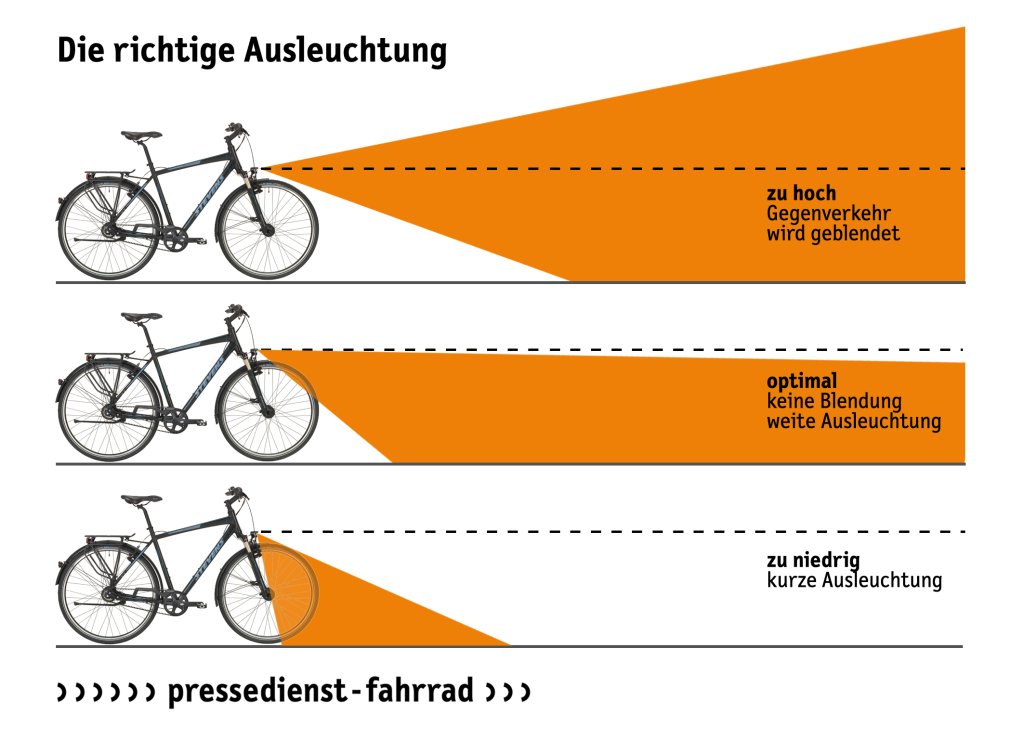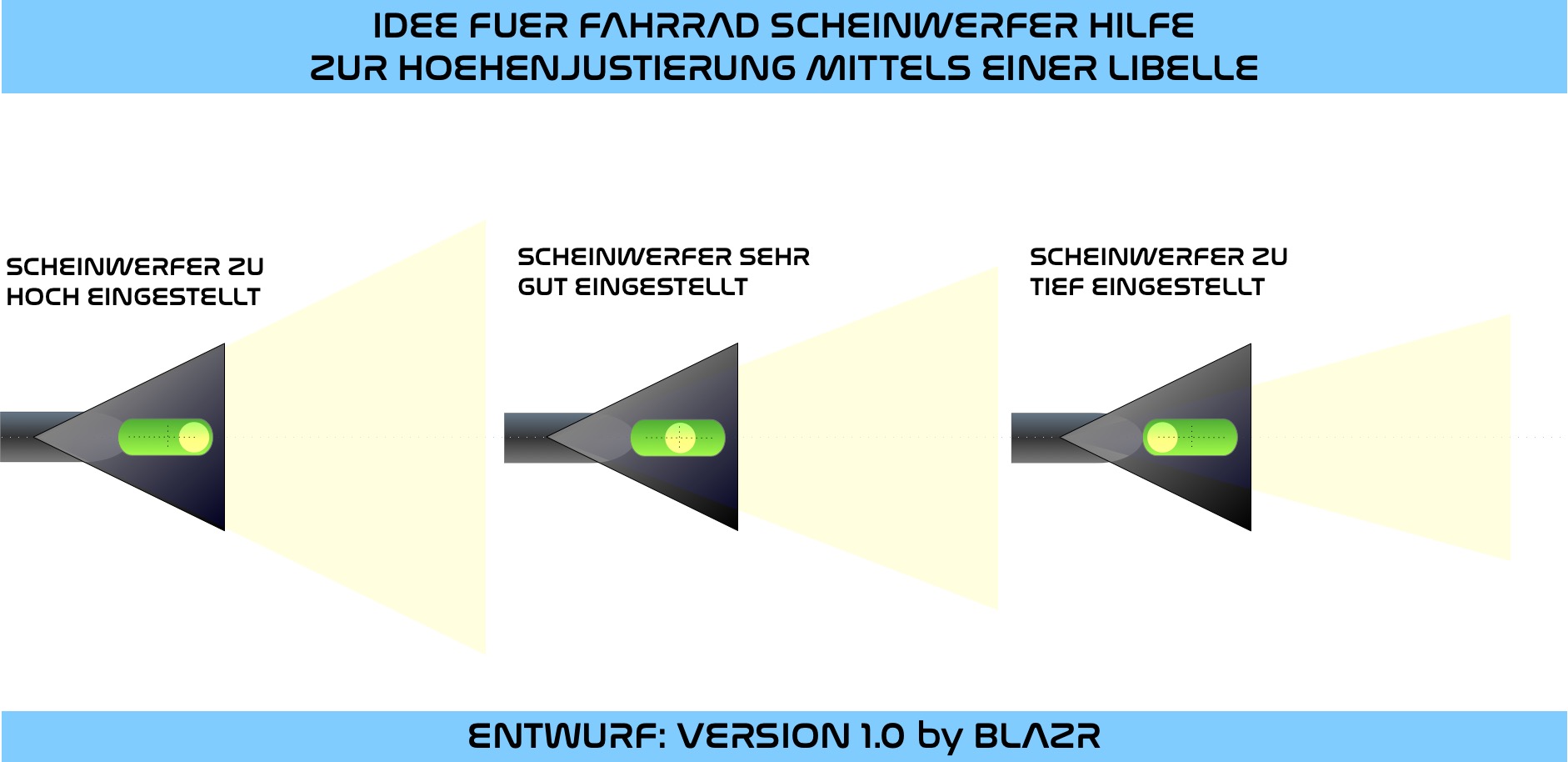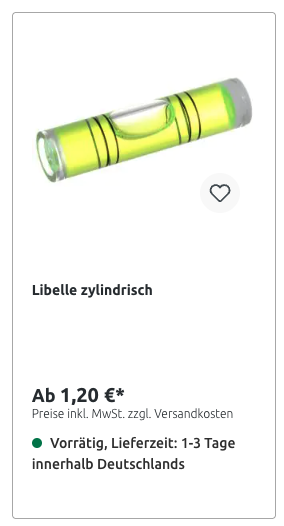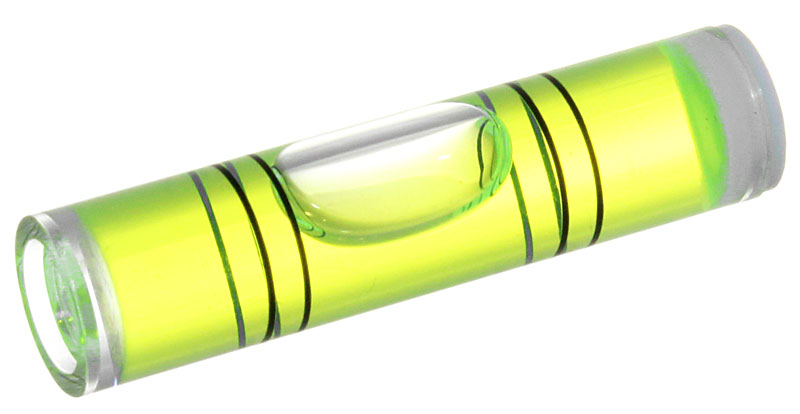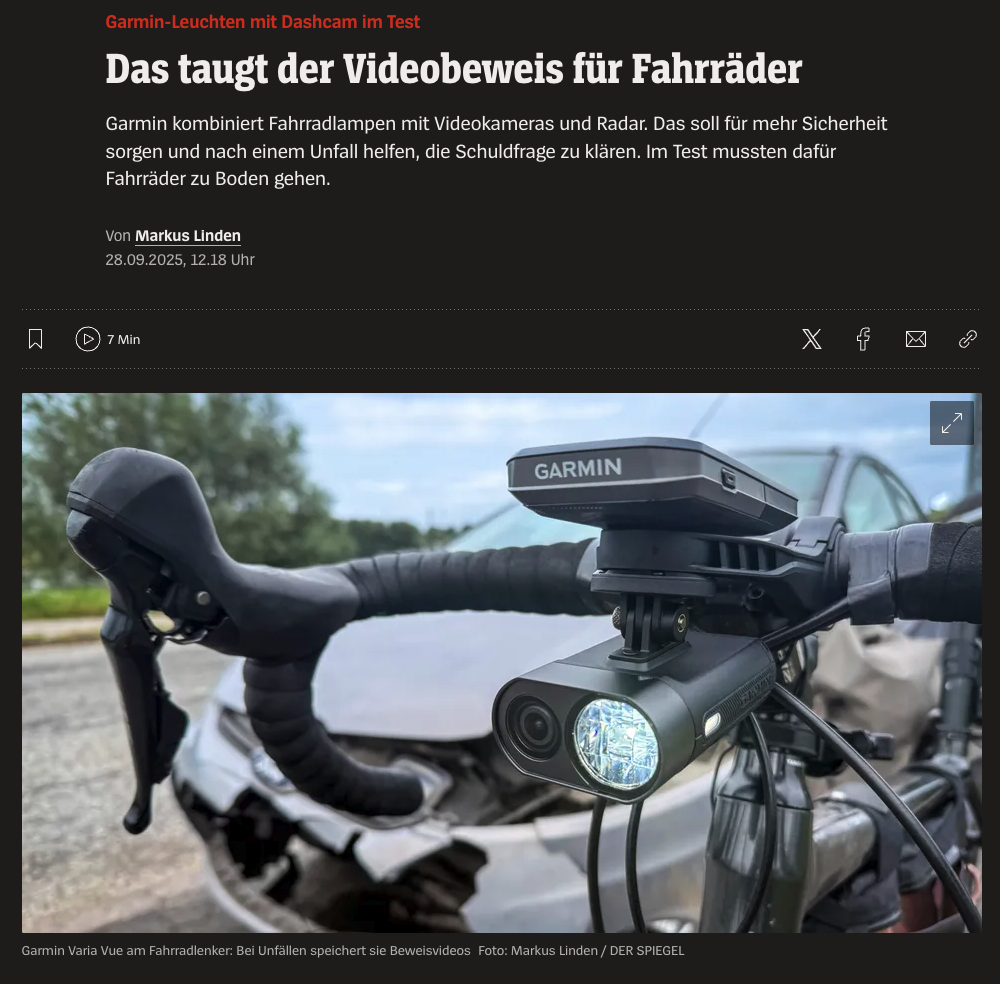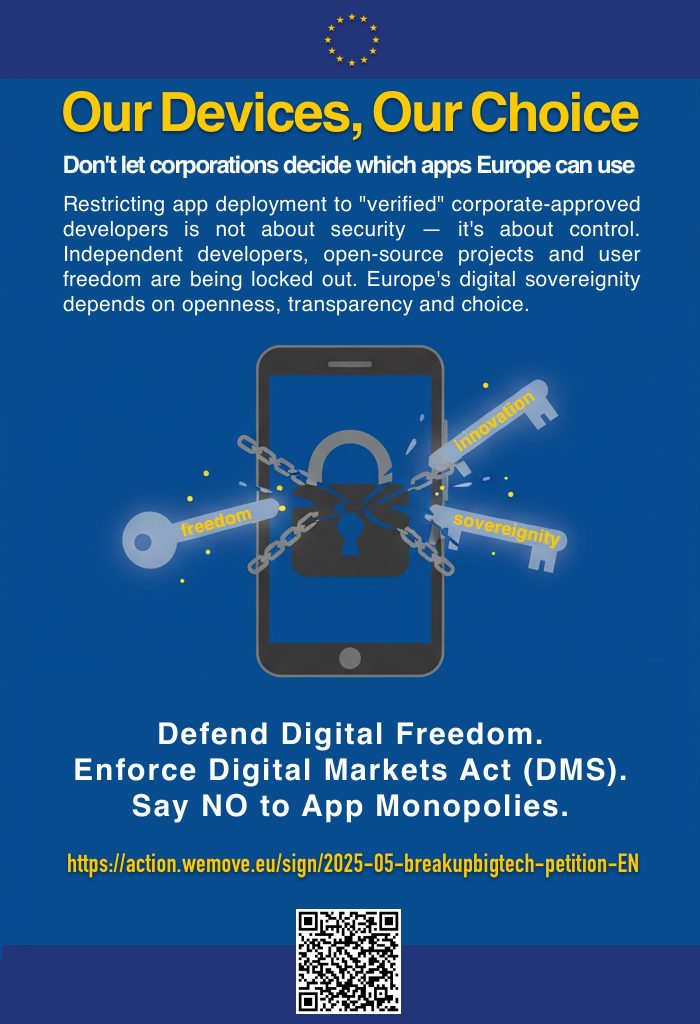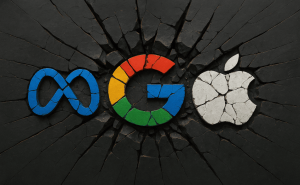Normalisierung des Ideals der gegenseitigen Zerfleischung und der Selbstzerstörung zum Zweck der Unterhaltung

Seit einigen Jahren spuere ich dem Gefuehl nach, das mich beschleicht, wenn ich ein modernes Multiplexkino besuche. Ein Kino, in dem vorwiegend die wirtschaftlich interessanten Blockbuster Filme gezeigt werden. Es gibt einige Filme, die gehoeren nicht unbedingt zu den Blockbustern, aber die laufen dann auch mal im Multiplex. Ob aus Alibigruenden oder um eine Art Mischkalkulation zu machen kann ich nicht einschaetzen. Jedenfalls immer dann wenn ich einen solchen Film im Kinoangebot sehe oder gar selbst in den Film gegangen bin, kam ich mit einem komischen Gefuehl aus dem Kino raus.
Nach einiger Zeit daemmerte es mir, warum ich dieses Gefuehl habe. Es ist das Gefuehl von dem Kakao durch den man mich zog sehr viel getrunken zu haben – um es mit Erich Kästners (Zitat) Worten zu beschreiben. Denn es gibt seit ca. 10 Jahren verstaerkt ein Genre von Film, das sich hoechst erfolgreich exakt auf diese Art der Erfahrungsvermittlung konzentriert.
Quelle des Comicbildes: https://x.com/Asterix_Archiv/status/1702674648209498234
Normalisierung von Hilflosigkeit
Das Gefuehl was ich meine, wird vermittelt durch stark aehnliche Drehbuecher dieses neuen Genre. Es ist zu finden als Blockbuster Film und zunehmend auch als Serien im Streaming bei den gaengigen Streaming Plattfomen (amazon, netflix, apple, etc.). Der Inhalt dieser Medien vermittelt ein Gefuehl von Hilflosigkeit und Ohnmacht, das im Rahmen einer Serie oder eines Films nicht nur normalisiert wird, es wird mir als Unterhaltungsprogramm dargeboten. Es laeuft eine Art verdeckter Bildungsauftrag ab, der mich bewusst vielen negativen Gefuehlen aussetzt, die mir Angst machen sollen unterbrochen von kurzen Episoden von Heldenauftritten, die kaschieren sollen, wie menschenverachtend hier gehandelt wird.
Wie sieht das Standarddrehbuch eines solchen medialen Inhaltes aus?
- Es gibt von Beginn an eine maechtige Instanz (Klasse, System, Regierung, Organisation, …) als wesentliches Merkmal der vorherrschenden Gesellschaftsform, deren Existenz nicht in Frage gestellt wird, sie ist einfach
- Es werden ueberaus huebsche & sympathische Darsteller:innen in den Rollen als Teil der normalen Bevoelkerung bzw. des normalen Mitbuergers vorgestellt, um eine erste Bindung und Identifizierung des Zuschauers mit der Rolle der Darsteller zu erreichen
- Dann werden nicht anzuzweifelnde Regeln fuer eine Art Ueberlebensspiel festgelegt; manchmal verzichtet man auch ganz auf die Vorstellung der Regeln und das Regelwerk wird es Stueck fuer Stueck klar
- Egal welche Regeln zum Einsatz kommen, die Darsteller mit denen sich der Zuschauer identifiziert hat, koennen diese Regeln nicht oder nur kurzzeitig aendern und muessen sich ihnen ansonsten unterwerfen
- Der Zuschauer erlebt den Grusel und die Angst der Bedrohung der Darsteller mit denen er sich identifiziert hat und erlebt kurzzeitige Passagen der Erleichterung, wenn die Filmcharaktaere eine kleine Verschnaufpause im Ueberlebenskampf bekommen
- Derweil wird in regelmaessigen Abstaenden die allumfassende Macht der maechtigen Instanz im Hintergrund demonstriert; es werden wundersame Aktionen der Macht demonstriert; die Macht zeigt, dass sie ueber Leben und Tod nach Belieben entscheiden kann
- Fuer die Darsteller praesentiert sich die eigene Existenz jedoch so, als ob ihr eigenes Leben vom Glueck oder Pech bzw. vom Zufall abhaengt, den man durch Kampf ein wenig zu seinen eigenen Gunsten beeinflussen kann
- Nach einem meist ca. 90 Minuten langen hin- und her im Ueberlebenskampf, ueberlebt mindestens einer der Charaktaere das Regelwerk, dass ihn 90 Minuten dazu zwang sich der gegenseitigen Zerfleischung unter dem Risiko der Selbstzerstörung zum Zweck der Unterhaltung hinzugeben
- Der oder die Ueberlebende(n) sind vordergruendig die Helden eines „Happy End“ und erbringen damit einen Beweis, dass man es schaffen kann
Diese Filme haben in aller Regel ein dystopisches Setting, stellen einen oder mehrere Ueberlebenskaempfe dar, bei denen die Protagonisten allem Opfer bringen muessen und in aller Regel eine grosse Orientierungslosigkeit fuer die Protagonisten besteht. Sie enden alle mit dem Ergebnis, dass einer der Protagonisten es schaffen kann, wenn er nur genug Opfer bringt und genug menschliche Werte ueber Bord wirft.
Wen das jetzt an den „Amerikanischen Traum“ erinnert der liegt vermutlich aus guten Gruenden nicht falsch. Der „American Dream“ besagt ja „Jeder kann es schaffen!“ folgerichtig auch DU, aber ein entscheidender Teil wird nicht erwaehnt, dass es eben nicht alle schaffen koennen, nur ein paar koennen es schaffen. Denn im Kapitalismus ist der Verlust des einen der Gewinn des anderen. Damit du es schaffen kannst, muessen andere verlieren.
Welche Filme meine ich?
Kommen wir zu den Filmen die ich bislang zweifelsfrei identifizieren konnte. Die folgende Liste an Filmen ist ganz sicher nicht vollstaendig, sie ist ein Auftakt und mehr nicht. Irgendwo muss man anfangen, daher beginne ich mit folgenden Filmen:
| Film / Serie |
Jahr |
| Kommentar |
Plakat |
| Matrix |
1993 |
| Matrix hat einige der oben genannten Merkmale, jedoch wird hier der Weg sich gegen die Macht zu stellen tatsaechlich als valide Alternative dargestellt. |
 |
| Cube |
1997 |
| Cube erfuellt alle Kriterien, vor allem die staendige Ungewissheit, nach welchen Regeln der naechste Tod erfolgt, die staendige Orientierungslosigkeit und Lebensbedrohung aller Protagonisten sowie die im wahrsten Sinn des Wortes bestehende Aussichtslosigkeit, verkoerpert hier die absolute Essenz von Hilflosigkeit. Zugleich wird der Zuschauer auch noch vor das Dilemma gestellt das Protagonisten sich opfern muessen, um bestimmte Situationen im Film zu ueberwinden. Bis zum Schluss bleiben die Regeln und Gruende fuer das Martyrium im Dunkeln. |
 |
| Cube 2: Hypercube |
2002 |
| Cube 2 legt die gleiche Storyline auf wie Cube 1, nur dass man hier wenn ich mich recht erinnere, am Ende zumindest eine Person aus dem Martyrium entkommen laesst, in einen Kontext, der einen in Orientierungslosigkeit zuruecklaesst. Die Cube Filme sind ein Lehrbuchbeispiel, wie man mit Unsicherheit, Angst, staendiger Bedrohung mit dem Tod und dem Kampf gegen Verzweiflung einen ganzen Film fuellen kann.
Das ganze erinnert hart an das „Drowning Rats Experiment“ bzw. den Behavioral Despair Test von Curt Richter. Die Ratten sind hier im Film die Menschen. Aus meiner Sicht ein ethisch absolut verwerfliches Filmthema. Es gibt Videodokumentationen ueber den BDT. Die Filmemacher haben sich ganz offensichtlich diese Videos als Vorbilder genommen, und lediglich einen komplizierteren Mechanismus der Hoffnungslosigkeit und Hilflosigkeit geschaffen. Abstossend!
|
 |
| Cube Zero |
2004 |
| Cube Zero schliesslich versucht gar nicht erst den Ursprung des Experiments von Richter (BDT) zu verbergen. Hier laufen gleich zwei Experimente gleichzeitig, naemlich auch die Aufpasser oder Operateure des Leidsystems sind selbst Ratten im Versuchsaufbau. Fast so wie in dem Film „Das Experiment“. |
 |
| Die Insel |
2005 |
| Die Insel ist ebenfalls ein Film der nicht alle der oben genannten Kriterien erfuellt. Denn wie bei Matrix wird auch hier den Protagonisten ein Ausweg mit echtem Happy End geboten. |
 |
| Die Tribute von Panem: The Hunger Games |
2012 |
| Die Filmreihe mit ihren Sequels rund um Hauptdarstellerin Jennifer Lawrence, hebt das Genre auf ein neues Level. Das Prinzip Hoffnung wird hier wohl dosiert zugespitzt und vor allem der Fokus auf die Jugendlichkeit gelegt. Die Aehnlichkeit mit der Realitaet im Kapitalismus scheint auch hier kaum zufaellig zu existieren.
Denn die Lebensbedingungen fuer die heutige Jugend die im Kapitalismus aufwaechst, hat viel gemeinsam mit einem Schneeballsystem (bzw. dem beruehmten Ponzi-Scheme), bei dem die Jugend als letzte eingestiegen ist und im Prinzip keine Chance hat jemals das Level der Aelteren zu erreichen. Die „Hungerspiele“ befeuern zugleich auch noch ein weiteres beliebtes Mittel der Herrschaft: Panem et circenses besser Bekannt als Brot und Spiele.
Der Ausdruck bezeichnet die Strategie politischer (oder ökonomischer) Machthaber, das Volk mit Wahlgeschenken und eindrucksvoll inszenierten Großereignissen bzw. durch die Hinlenkung zu Konsumismus von wirtschaftlichen oder politischen Realitäten, Zielen oder Problemen abzulenken.
|
 |
| Die Tribute von Panem: Catching Fire |
2013 |
| Mehr vom Gleichen. |
 |
| Die Tribute von Panem: Mockingjay / Teil 1 |
2014 |
| Mit Mockingjay 1 nimmt die Panem Reihe sich ein Beispiel an den erfolgreichen Streamingformaten, die ihre Inhalte in Staffeln und Episoden haeppchenweise zu Geld machen. Das Prinzip des „Cliffhanger“ und der Aufteilung des Inhalts auf zwei Episoden wurde dann mit Mockingjay 2 vorerst vollendet. |
 |
| Die Tribute von Panem: Mockingjay / Teil 2 |
2015 |
| Siehe Mockingjay 1. |
 |
| 3 percent: Equality is a convincing illusion (Season 1, 2 & 3) |
2016 – 2020 |
| Diese Serie hat alles was zu den 9 Punkten fuer ein Drehbuch gehoert. Sie unterstreicht jedoch in besonderer Weise den Kampf jeder gegen jeden, der zu Misstrauen, Angst, Verzweiflung und viel Leid fuehrt. Die Serie ist ein Unterhaltungsformat, dass sich an einem ueberspitzten Kampf auf Leben und Tod im „American Dream“ bzw. dem kapitalistischen Prinzip ergoetzt. Wer diese Serie schaut, der trinkt in grossen Mengen den Kakao durch den er gerade gezogen wird. Es ist einfach unbegreiflich, wie diese Serie offenbar 3 Staffeln lang wirtschaftlichen Erfolg fuer die Macher und Sender generierte. |
 |
| Squid Game |
2021 – 2025 |
| Squid Game ist wohl das abscheulichste Format dieses dystopischen Genre um den kapitalistischen Ueberlebenskampf auf Kosten anderer bei gleichzeitiger Opferung aller menschlichen Werte. Alles das wird inszeniert, um letztlich nur an Geld zu gelangen. Geld als das „goldene Kalb“ um das alle tanzen und sich als Marionetten darum tanzen lassen. |
 |
| Silo (Serie) |
2023 |
|
 |
| Der Schacht & Der Schacht 2 (Serie) |
2019 |
|
 |
| Snowpiercer |
2013 |
|
 |
| The 100 |
2014 – 2020 |
|
 |
| Alice in Borderland (Serie) |
2020 |
|
 |
| Der Kreis |
2015 |
|
 |
| The Tournament |
2009 |
|
 |
| Battle Royale |
2000 |
|
 |
| Title |
XXXX |
|
Poster |
| To be continued… |
– |
| Diese Liste wird erweitert werden, denn ich habe nichtmal ansatzweise alle Filme erwischt, die in diese Kategorie fallen. |
– |

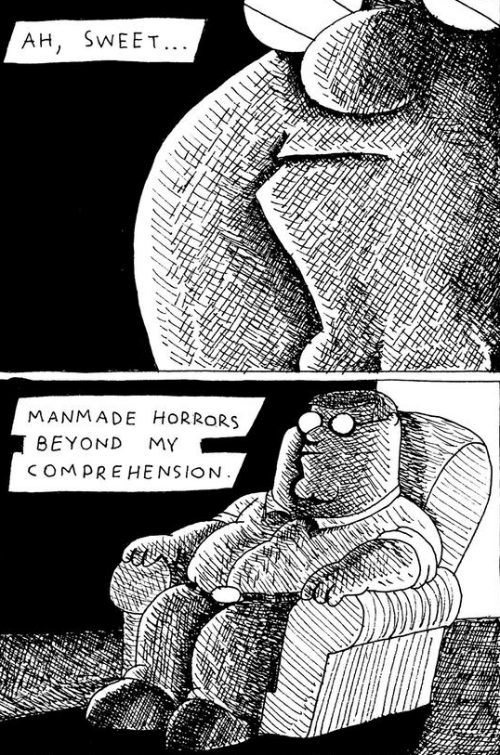
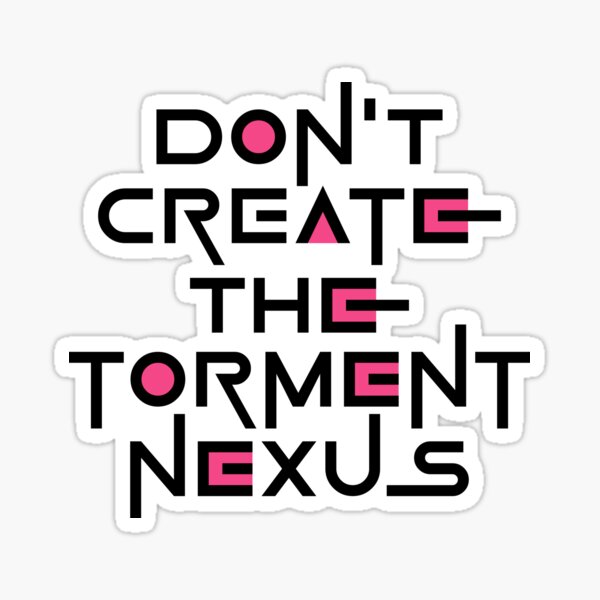
Es gibt Seiten im Internet die Filmtipps geben zu diesem abscheulichen Genre.
Why do I blog this? Es ist mir ueber die Jahre aufgefallen, dass diese Art Inhalte zunehmen und offenbar auch noch wirtschaftlich unvergleichlich erfolgreich zu sein scheinen. Es gehoert ein Fokus auf dieses Genre gesetzt, dessen Name ich noch gar nicht wirklich benennen kann. Es ist nicht bloss Drama, es ist nicht bloss SciFi. Es ist auch nicht bloss Dystopie. Es ist eine Art hoechst subversive Propaganda die sich an die Massen richtet.
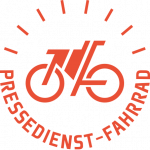 Der Pressedienst Fahrrad hat Inhalte geteilt zum Thema Modernes Fahrradlicht richtig einstellen.
Der Pressedienst Fahrrad hat Inhalte geteilt zum Thema Modernes Fahrradlicht richtig einstellen.
